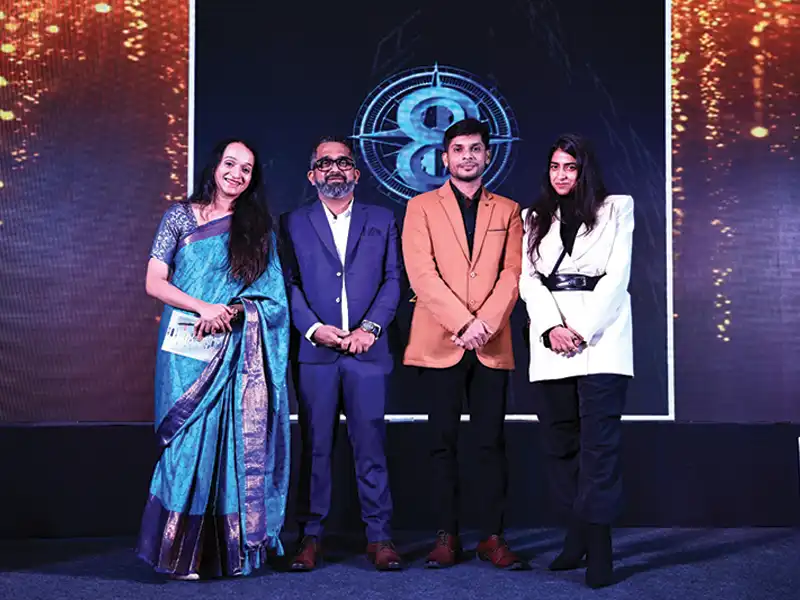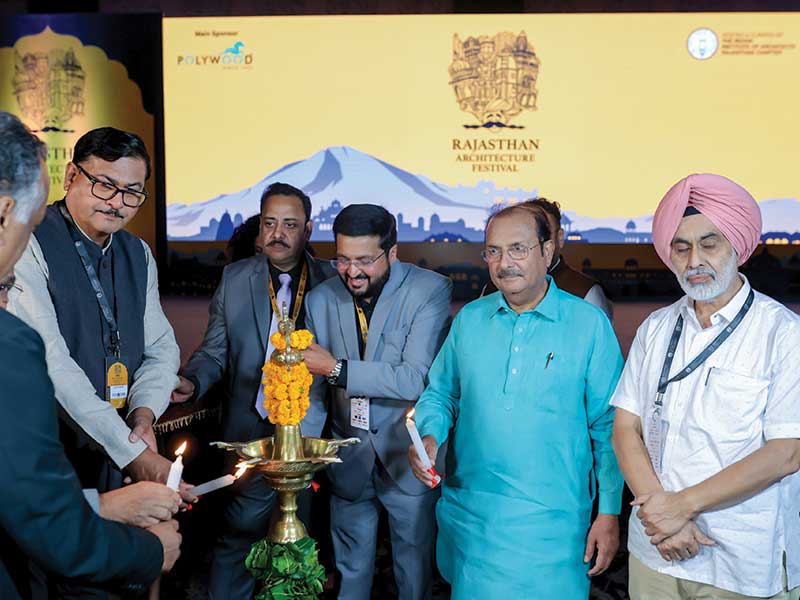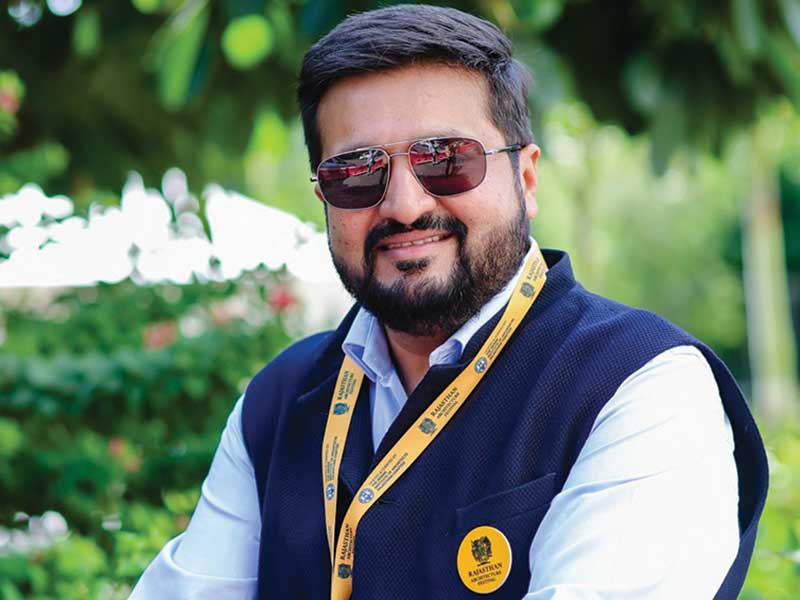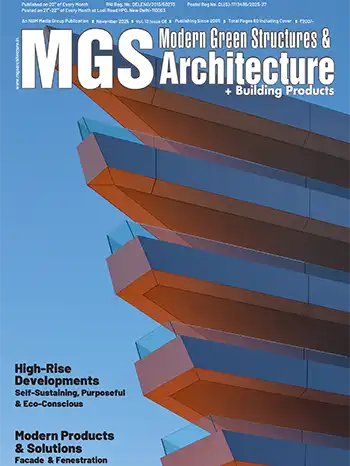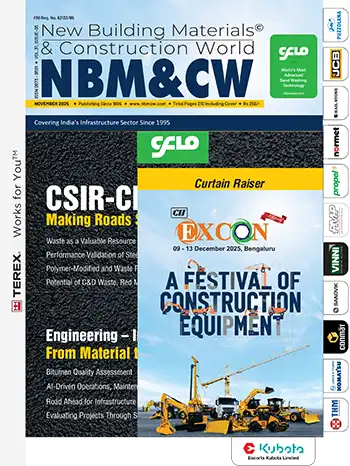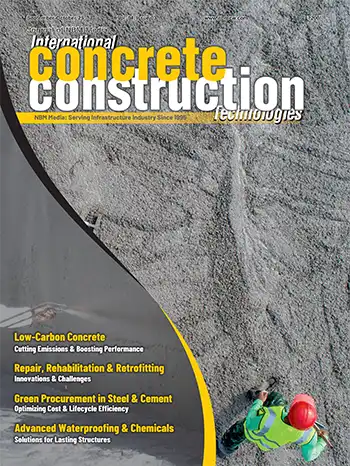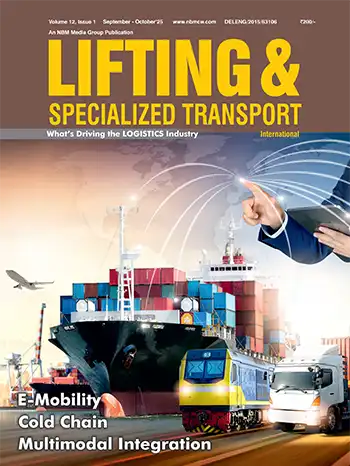MGS Architecture presents highlights of the event
Engaging, enjoyable educative sessions and debates, workshops, book launches, and product presentations by popular interior building brands, set the tone for the three-day ‘ARCHICON 2023’ organised by the Architects Association of Agra. It was held during 15, 16 and 17 September 2023 at the Jaypee Palace Hotel and Convention Centre, Agra. The theme was ‘Architecture For Tomorrow: Challenges and Opportunities.’
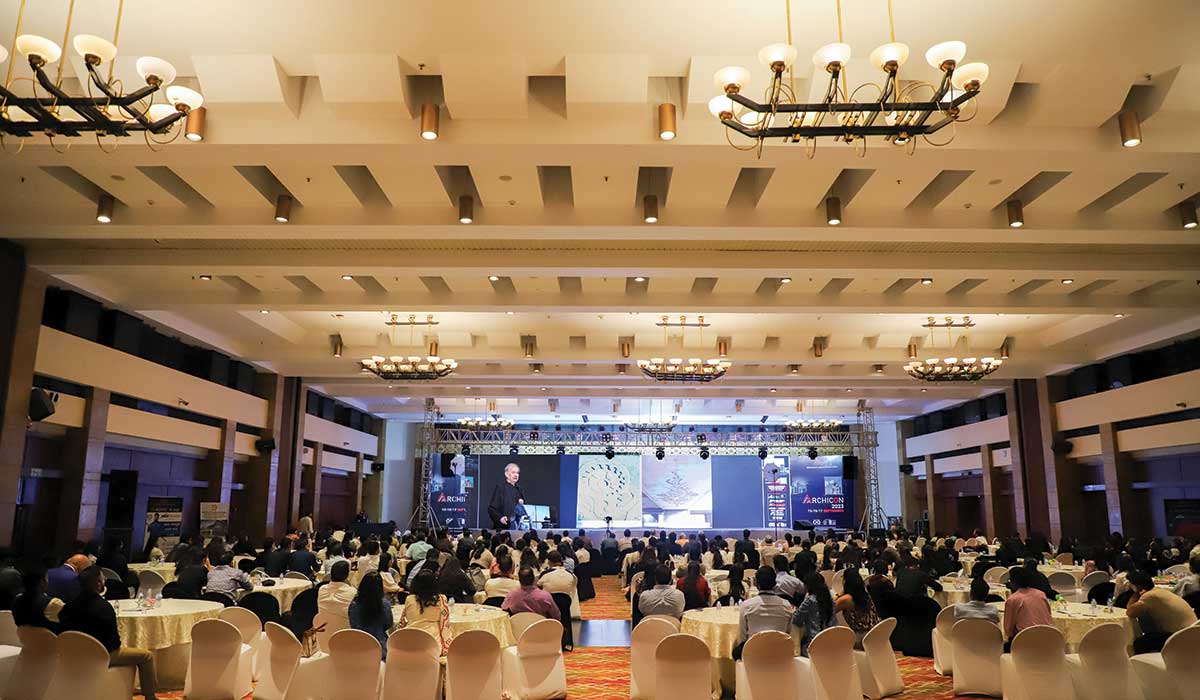
ARCHICON 2023’ brought together well-known and award-winning architects from across the country, interior designers, young, aspiring architects, students of architecture, and the general public from within and outside Agra to participate in the forum. Experts in the field of architecture and design disseminated information on topics ranging from impact of technology on designing to sustainable, modern, and traditional architecture. The basic idea promulgated was: “Creating something for the present without forgetting the past.”
Today, Going Green has become an imperative in architecture, construction, and design of all typologies of buildings. The three key issues discussed were: becoming aware of the reality of our depleting natural resources; intersection of technologies in the architecture of the future with application of drones, 3D printing, social media, and virtual storytelling, while continuing to learn from our past.
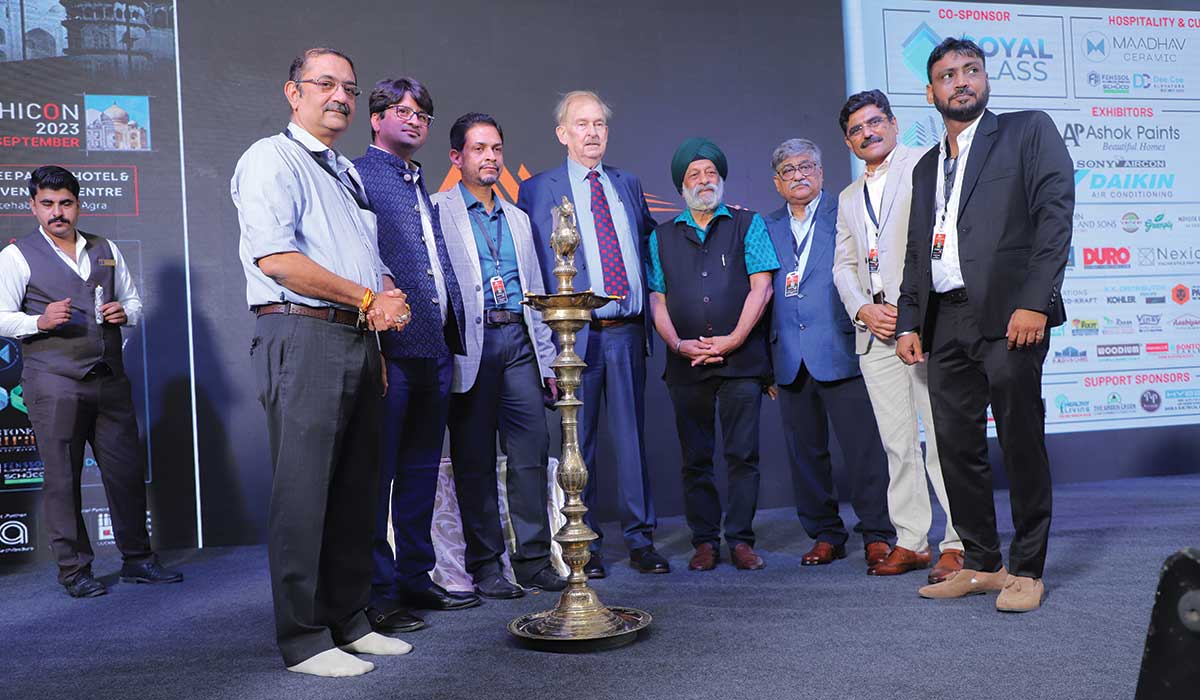
In the inaugural address, Ar. Christopher Beninger of CoBA Designs stressed on ‘Looking Forward’, as India is moving ahead, developing, and modernizing. “Some of the key challenges are developing mechanical competence in manufacturing and creating housing for all classes. Here, architects, as visionaries and doers, can lead the change.” He later gave a presentation of his projects under the theme “Timeless Architecture”.
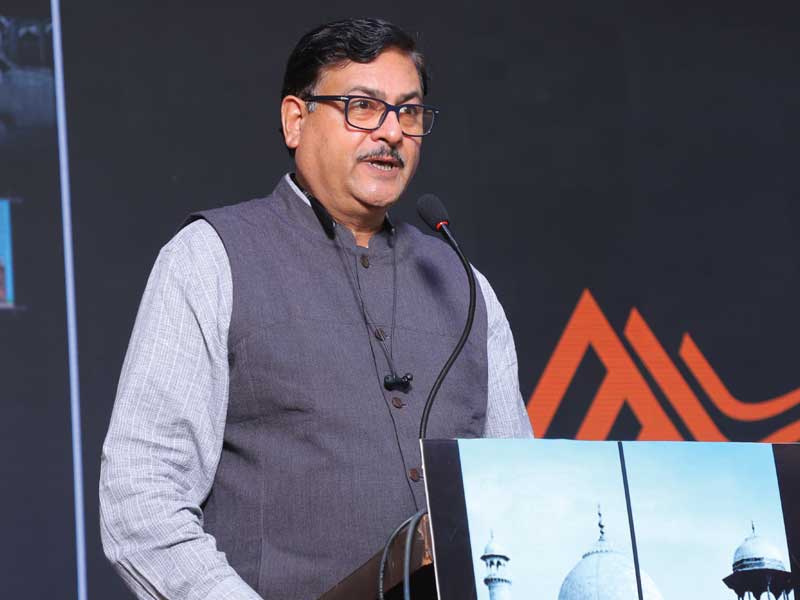
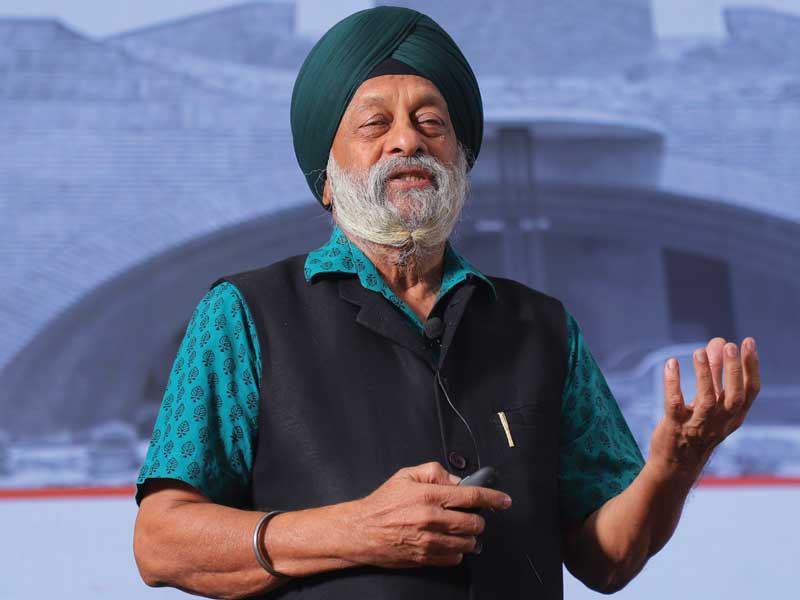
A presentation by Shubhi Gupta from Nature Morte, drew attention to the exponential growth of Art in India, going beyond Art as an investment, and influence of Art on education and child development. “Artistic creations by Indian artists are finding space in major cities like Paris, Mumbai, and in many countries, in corporate houses, institutions, airports, etc. This has the potential to foster collaborations with artists across the world to create larger than life, immersive art and sculpture,” she said.
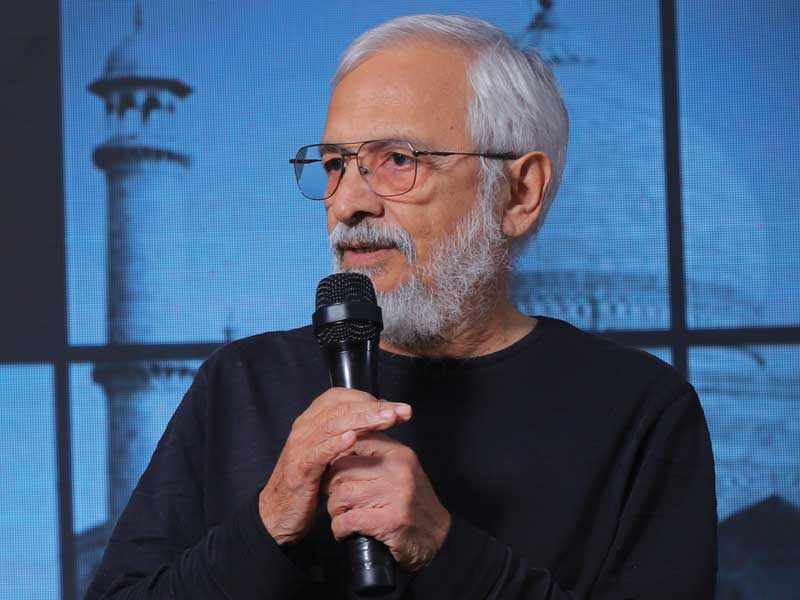
Author Ar. Apurva Bose Dutta launched her latest book: ‘Architectural Inheritance and Evolution in India’ in which she presents 10 acclaimed architectural families of India, their professional journeys, ideologies, design approaches, and the challenges they encounter. Through their narratives, the book further explores how architecture in India has transformed and evolved across generations.
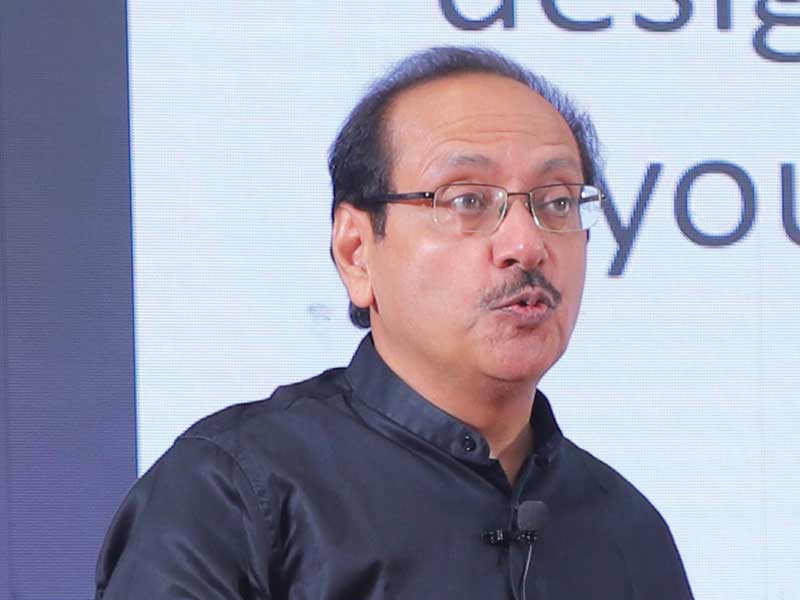
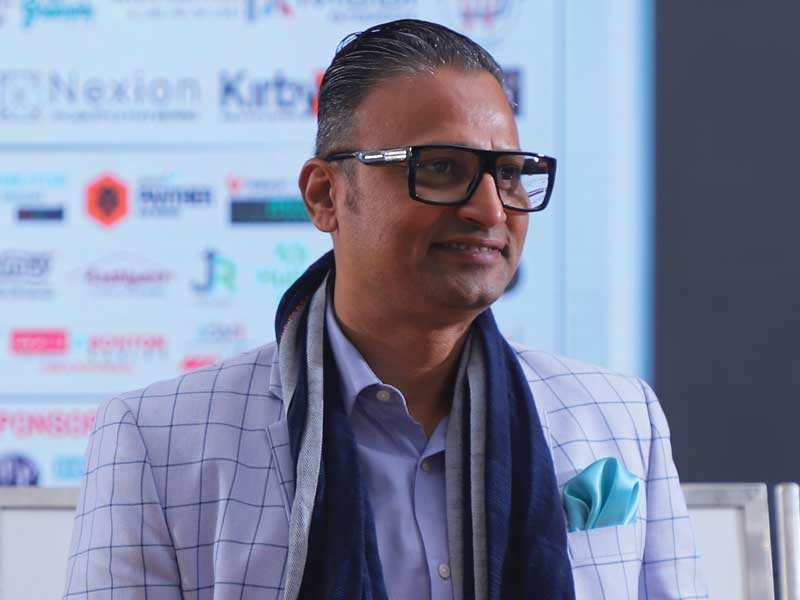
Ar. Manish Gulati of Mofa Studio in his presentation on the topic “Going Beyond Modernism” shared his views on going beyond the complexities of architecture. “Inspiration – Translation – Resolution – Manifestation is the process. Today, from digital modelling and interactive processes to Artificial Intelligence and collaborations with technologies, it has become a closed loop.”
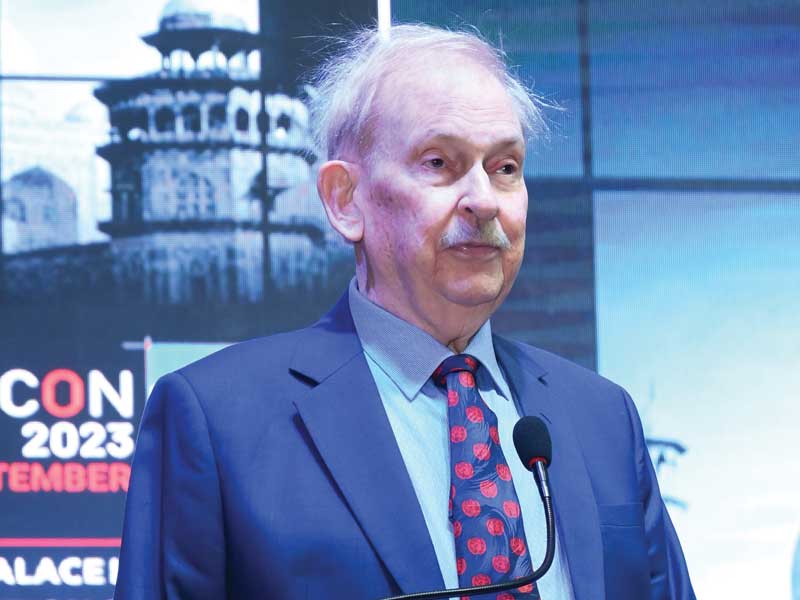
The other points debated upon were: “Why knowledge sharing and dissemination is a problem in our country?” “As educators, we need to identify and disseminate ‘social architecture’ as well and not ask ‘what’s in it for me’ when creating architecture for the less privileged class of users?” A hot topic discussed was the decreasing number of architects in India vis a vis the IT sector and the issue of young architect students wanting jobs, recognition, and instant gratification, though in reality recognition comes only after long years of hands-on experience in the field.
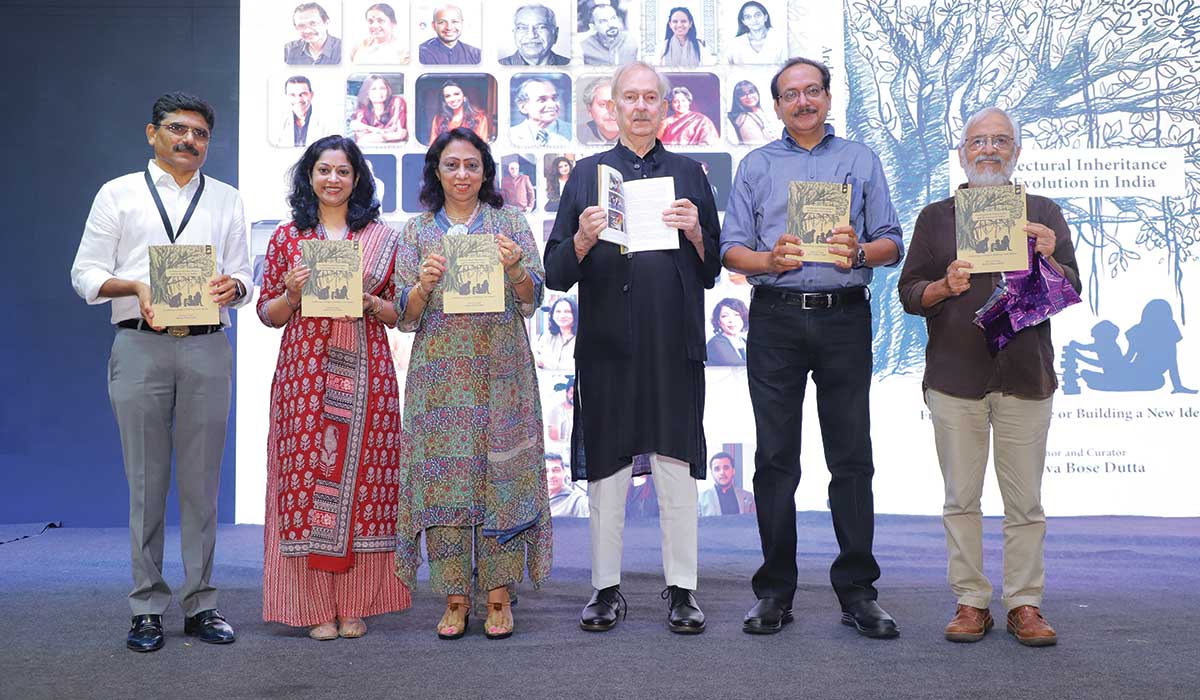
Sustainable architecture was a recurring topic with Ar. Chitra Vishwanath of Biome Environmental Solutions putting forth the question “Is it possible to revive water? Can we revive wells and recharge water?”
Ar. Subodh Shanker launched his book “Random Thoughts on Architecture and Urban Planning”. It covers a wide spectrum of issues like sustainable and affordable solutions, facilities for specially-abled people, socio-economic and cultural concerns of the users, climatic, environmental and global warming issues etc. The author also examines prefabrication technology for solving problems of mass housing, aesthetics for urban design in our growing cities, etc.
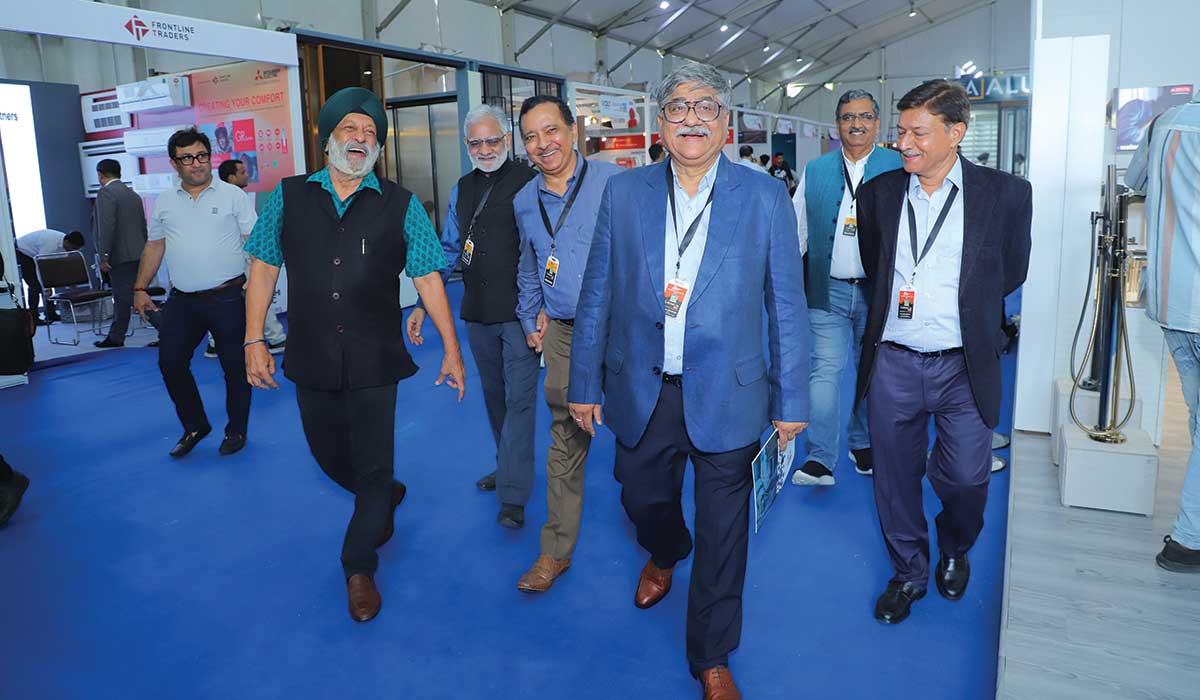
An educative session stressed on the need for cutting edge research to equip architects to effectively work and make a difference. The questions raised were: ”Should we be teaching in the old way or encouraging “design thinking”? Ironically, universities other than architecture colleges, are teaching design thinking (which should be the prerogative of architecture colleges) and attracting students.
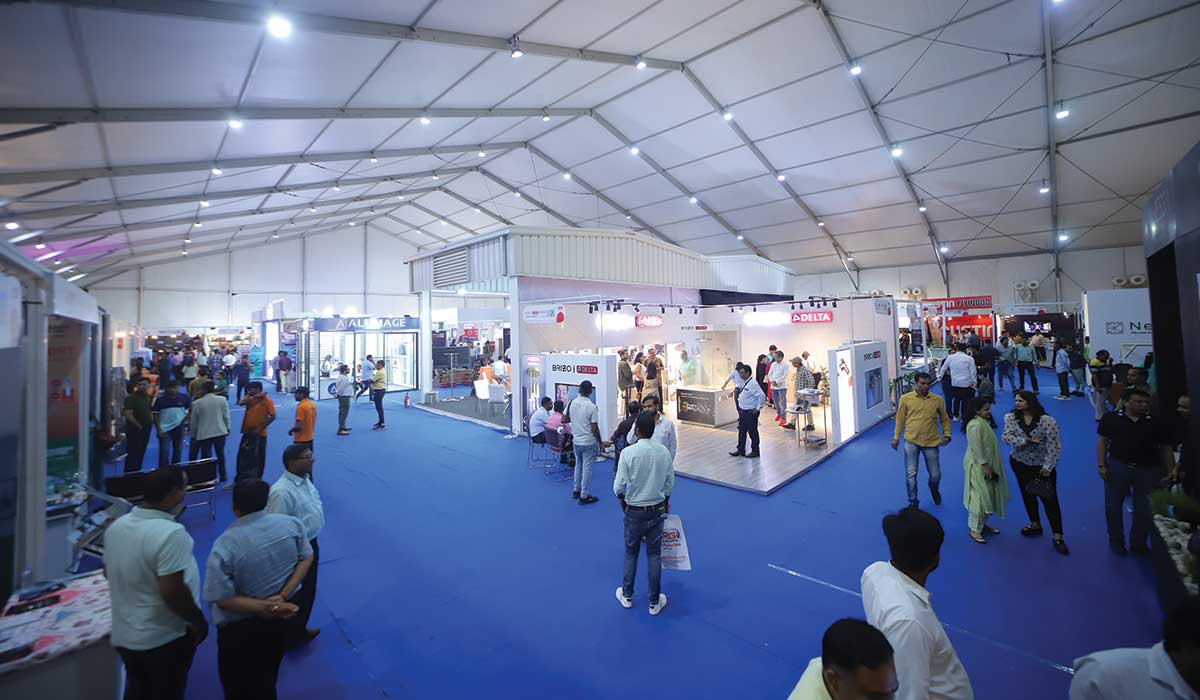
Winner of many national and international awards Ar. Ketan Jablekar of Studio K-7, Mumbai, shared case studies of many of his projects that had failed, giving reasons for their failure, and their redesigning as per the demand of the evolving times. “Learning from mistakes cannot be taught; it comes from experience,” he said.
The last day of the event saw awards being presented to participants, including children, under the social initiative of the Architects Association of Agra “Creating Wealth out of Waste”.
On the sidelines of ARCHICON 23 with Ar. Sameer Gupta, President, AAA
What was the idea and inspiration behind hosting ARCHICON 2023?
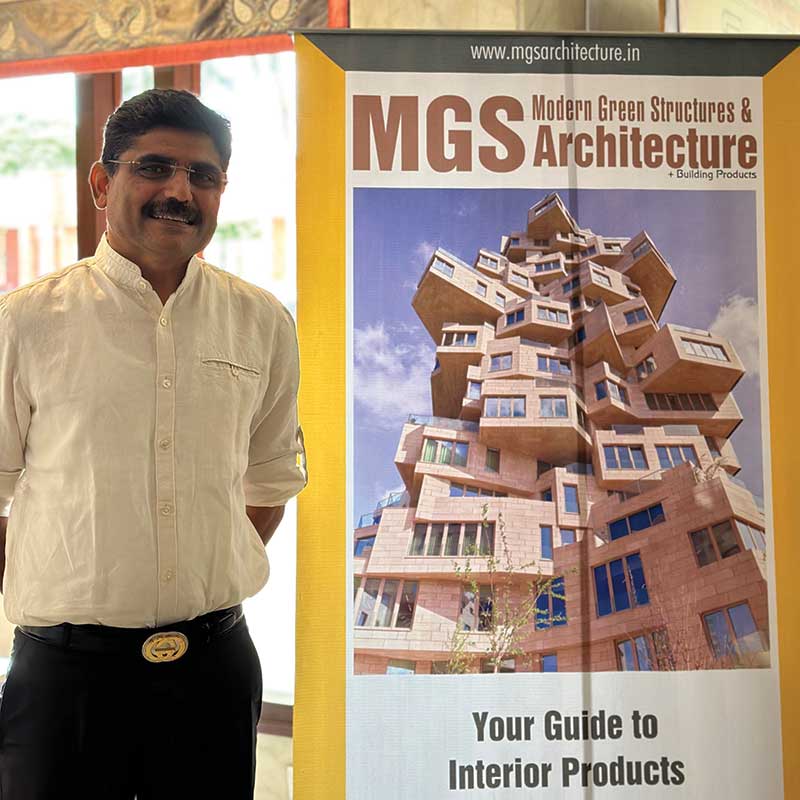
When we did this event in 2008, we had architects from India, and a few flew down from various parts of the world to be a part of the event. Following its success, we had the confidence to organize another event the next year, but due to an unfortunate turn of events, we could not muster enough courage to go ahead with it.
This time, we wanted to showcase the brand that we had built. We wanted to further build on the brand equity by exploiting its value by showcasing it more strongly to the architect fraternity at large.
Please elaborate on the theme ‘Architecture For Tomorrow: Challenges and Opportunities.’
Because the world is changing so fast, we decided to discuss the future of architecture on a common platform. Our last event was on ‘Architecture: Past, Present and Future’ against the background of the historic Taj Mahal because we wanted to incorporate the past as well as the future in the theme.But now, we are at a threshold of advancements and new developments with technology like AI and 3D printers, drones, etc, creating a strong impact on design and architecture. Plus, the population is increasing so fast. So, we thought, what are the challenges in terms of environment; how will we deal with the demands of a growing population, what are the opportunities that we can tap, and so forth. The sky is the limit and you can do anything. The possibilities were discussed in so many presentations by the experts at ARCHICON 23.
How have you seen Agra grow architecturally and become more modern over the years?
Agra has definitely grown as all the other cities of India have. But there are not too many iconic structures here, unfortunately, due to some political considerations, Agra is not too high up on the priority list. There are other cities that are taking precedence, but infrastructure like metro rails is being developed in Agra.We are going to have an elevated metro on the MG Road, which is supposed to be the artery of Agra. But ideally, it should have been underground, but costs had to be considered. The point is that Agra is a congested city and MG Road itself is not broad enough. However, it’s the state government’s decision. These agencies don’t look at projects aesthetically; they will look at their financial viability. The point that I want to make is that all the stakeholders in the project, including the architects of Agra, should be involved as architects would be in a better place to observe what is best for the people of Agra.

